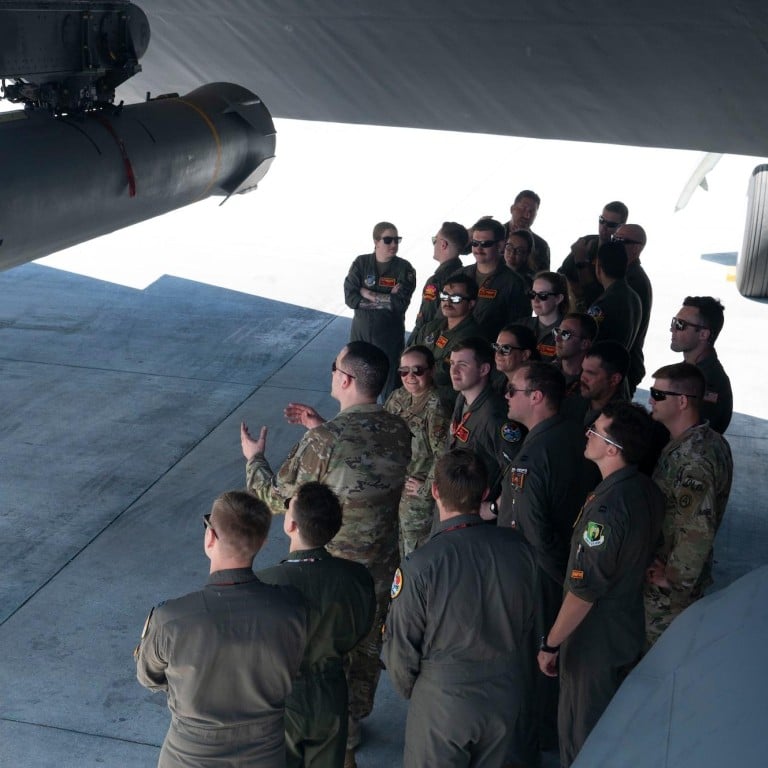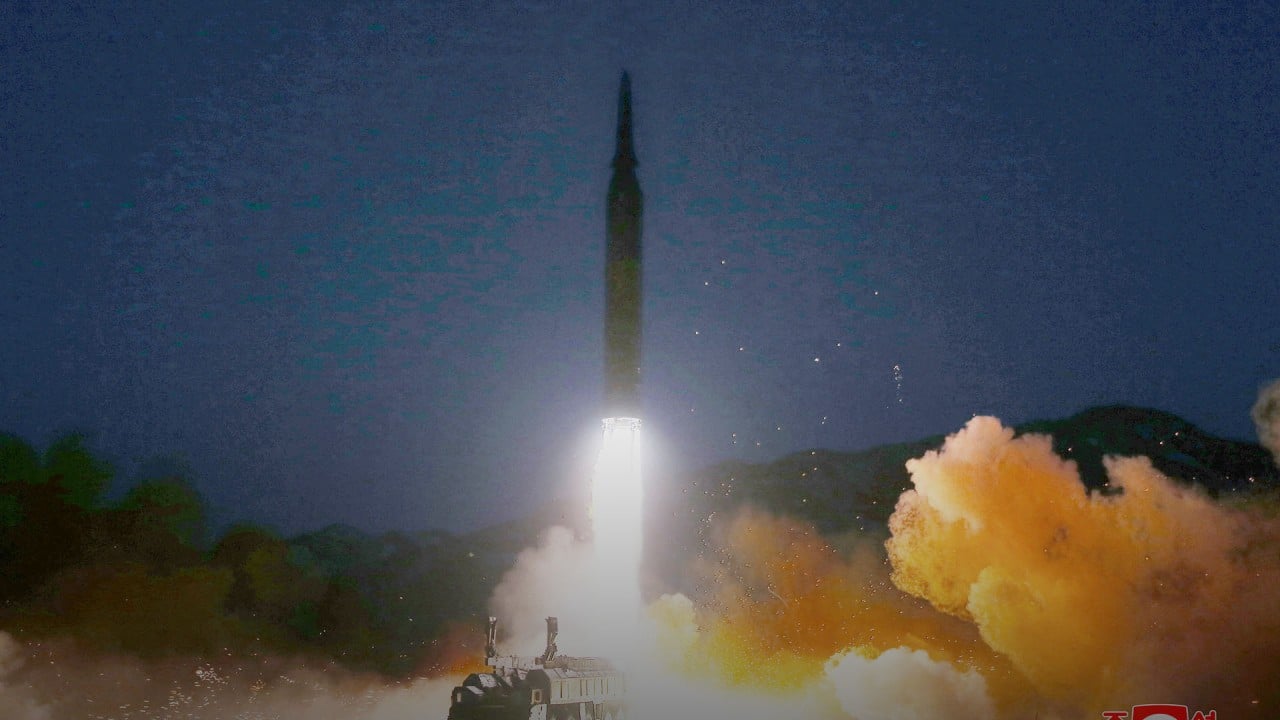
Chinese scientists question ‘flaw’ in Nasa’s hypersonic aerodynamics software
- Due to potential use in development of hypersonic weapons, Vulcan-CFD software is subject to export controls with distributions limited to within US
- Paper published in Chinese journal says error causes inability to precisely forecast chemical composition and temperature changes on aircraft surface
This small deficiency amid tangled equations could lead to “inevitably erroneous outcomes” when scientists simulate and analyse important issues, such as high-temperature ablation, said the team led by Professor Liu Jun, a researcher at the Hypersonic Technology Laboratory of the National University of Defence Technology, in a peer-reviewed paper published in the Chinese academic journal Acta Aerodynamica Sinica on March 14.
When an aircraft’s speed exceeds Mach 5, intense friction with the air generates sizzling temperatures that can ionise air molecules and spark chemical reactions.
These intricate reactions can erode the surface of the aircraft and alter the temperature or density of the surrounding air. Inaccuracies in the modelling data could have profound implications for the performance and safety of the aircraft.
The software mentioned in Liu’s paper, called Vulcan-CFD, was developed by Nasa’s Langley Research Centre. Due to its potential use in the development of hypersonic weapons, it is subject to export controls with distributions limited to within American borders.
Chinese researchers gleaned their information from an academic paper published in 2020 in which the Nasa software development team introduced the working principles of Vulcan and some key equations it used.
The software was “well known” to the industry, Liu and his collaborators said.
Liu, whose laboratory is in Changsha, Hunan province, was joined in the research by scientists from the People’s Liberation Army University of Aerospace Engineering in Beijing and the Aerodynamics Research and Development Centre in Mianyang, Sichuan province. The three institutions have contributed to the rapid development of Chinese hypersonic weapon technology over the past two decades.
Meanwhile the US Army’s Long-Range Hypersonic Weapon (LRHW), which is akin to the North Korean missile, failed consecutively in 2021 and 2022. The subsequent three planned launches were either scrapped or postponed.
These setbacks come at a steep price. For the 2025 financial year alone, the US Army has requested US$1.28 billion from taxpayers “to deliver an experimental prototype with residual combat capability in 2024”.
US ‘may be sending strong message’ to China with hypersonic missile test
The US Congressional Budget Office blamed the unfavourable progress on high temperatures.
“The fundamental remaining challenge involves managing the extreme heat that hypersonic missiles are exposed to by travelling at high speeds in the atmosphere for most of their flight,” the office wrote in a report after conducting a thorough investigation into American hypersonic weapon programmes last year.
“Shielding hypersonic missiles’ sensitive electronics, understanding how various materials perform, and predicting aerodynamics at sustained temperatures as high as 3,000 degrees Fahrenheit require extensive flight testing. Tests are ongoing, but failures in recent years have delayed progress,” it said.
Liu’s team said it discovered the flaw in an equation used by Nasa in Vulcan to describe changes in the concentration of different chemical components, such as oxygen and nitrogen, in high-temperature gas mixtures.
This equation fails to account for the mixing and transport of components caused by small-scale turbulence when temperatures are rapidly changing or oscillating.
Due to the complexity of hypersonic aerodynamics, some small-scale motions can be neglected by model designers because of a lack of understanding or calculations too complex to solve.
Liu’s team said in its paper that Nasa’s lack of attention to this detail has resulted in the software’s inability to precisely forecast the chemical composition and temperature changes on the aircraft surface, which could have a significant impact on simulation, design or analysis work that relies on the software.
Nasa was among the first institutions in the world to explore hypersonic technology.
Intel boss says US$7 billion loss a cost of regaining chip production supremacy
Scientists and engineers at Nasa have conducted many pioneering studies and flight tests in this domain but in recent years it has suffered from persistent budget cuts and a brain drain.
JPL laid off 530 employees in February amid funding uncertainty.
The South China Morning Post has contacted Nasa for comment.



